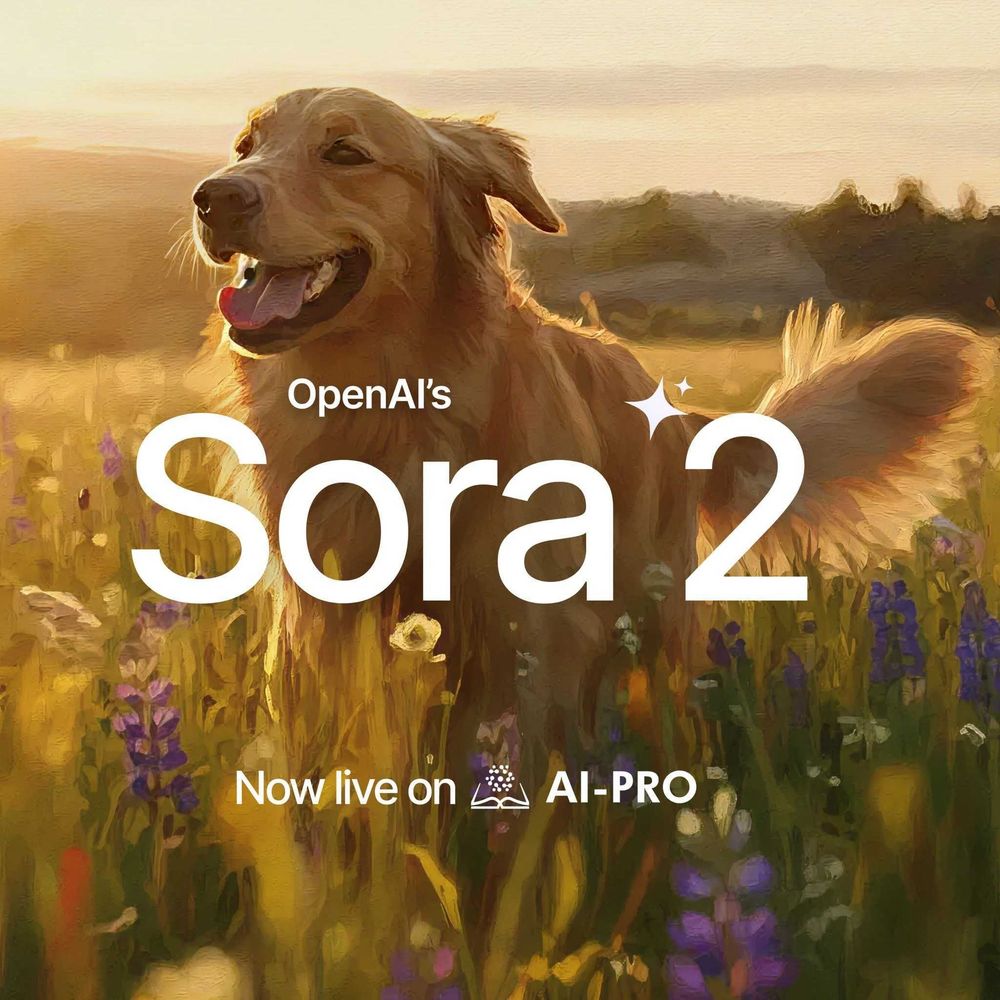The rise of generative AI is unlocking unprecedented possibilities in technology, and at the core of this revolution are foundation models—an extraordinary class of AI systems reshaping how we generate text, images, and audio. These models are not just a breakthrough; they are set to transform industries and redefine how we solve problems. But what are the foundational models in generative AI, and why are they so pivotal?

In this article, we will take a closer look at these models, offering a comprehensive overview of their architecture, training, and immense adaptability. Foundation models stand out for their ability to learn from vast, diverse datasets, which allows them to be fine-tuned for a wide range of specific tasks. From natural language processing to creative applications like image generation, these models offer versatility that is driving the future of AI innovation.
As we explore their history, learning mechanisms, and real-world applications, we’ll also examine the opportunities and challenges they present. By the end, you’ll have a deeper understanding of how foundational models are shaping the landscape of generative AI and beyond.
The Fundamentals of Generative AI

Generative artificial intelligence, often referred to as generative AI, is a groundbreaking approach within the realm of artificial intelligence that is changing the way we create and interact with content. Unlike traditional AI systems, which focus mainly on interpreting, classifying, or predicting data, generative AI is engineered to generate entirely new content by leveraging learned patterns from existing datasets. This innovative capability allows it to produce a vast array of outputs—including text, images, videos, and audio—making it an incredibly versatile tool across various applications.
At its core, generative AI analyzes extensive training data to uncover underlying patterns and structures. By harnessing these insights, it can create outputs that not only mimic the characteristics of the original data but also extend into new, imaginative realms. For example, large language models (LLMs) like GPT-4 and image generation systems such as DALL-E exemplify this principle, generating coherent text and visually striking images from simple user prompts.
The evolution of generative AI has been propelled by significant advancements in deep learning and neural network architectures. The introduction of transformer models in 2017 marked a critical turning point, facilitating more sophisticated processing of sequential data and paving the way for the development of foundational models capable of handling multiple modalities—text, images, and beyond. This progression has not only enhanced the quality of generated content but also broadened the scope of possibilities within artificial intelligence.
Generative AI systems can be divided into unimodal and multimodal categories. Unimodal systems focus on a single type of input—such as text or images—while multimodal systems can process and generate multiple types simultaneously. This inherent flexibility enriches user interactions and enables outputs tailored to diverse needs.
As we explore the intricacies and implications of generative AI, it becomes evident that its foundational models are more than mere automation tools; they are revolutionizing creative processes and redefining our engagement with technology in everyday life. Understanding these principles is vital for grasping the broader impact of foundation models in generative AI and their potential to transform sectors ranging from entertainment to education.
What Are Foundation Models?

Foundation models represent a revolutionary category of artificial intelligence, serving as the backbone for a wide array of generative AI applications. These large-scale models, trained on vast datasets, possess the unique ability to understand and generate complex outputs across multiple modalities, including text, images, audio, and more. Their significance stems from their versatility and adaptability, allowing them to be fine-tuned for specific tasks while retaining a robust general understanding of the underlying data.
At their core, foundation models are defined by several key features:
- Scalability: Foundation models are typically trained on extensive datasets containing billions of parameters. This immense scale enables them to capture intricate patterns and nuances within the data, resulting in high-quality outputs that often surpass traditional AI capabilities.
- Multimodality: Many foundation models are designed to process and generate different types of data simultaneously. For instance, a multimodal model may produce text descriptions for images or generate videos based on textual prompts, showcasing its ability to integrate and synthesize diverse forms of information seamlessly.
- Transfer Learning: These models excel in transfer learning, allowing knowledge gained from one task to be effectively applied to another. After undergoing pre-training on broad datasets, foundation models can be fine-tuned on smaller, task-specific datasets, significantly reducing the time and data needed for effective training.
As AI research advanced, several notable foundation models were developed, including BERT (Bidirectional Encoder Representations from Transformers), GPT-3 (Generative Pre-trained Transformer 3), and DALL-E. Each of these models showcased remarkable capabilities in generating coherent text and creating visually stunning images from simple prompts, further solidifying the critical role of foundation models in generative AI.
Understanding foundation models is essential for appreciating their influence in shaping the future of artificial intelligence. As we delve into the mechanics of these models and their diverse applications, we will uncover the profound impact they have on industries ranging from healthcare to entertainment, transforming not only how we engage with technology but also how we redefine the very concept of creativity itself.
Understanding How Foundation Models Work

These models represent a significant advancement in artificial intelligence, particularly within generative AI. Their operational framework consists of three primary stages: pre-training, fine-tuning, and inference. Each stage plays a critical role in enabling these models to learn from vast datasets and adapt to specific tasks.
- Pre-training
The journey of a foundation model begins with pre-training. In this stage, the model is exposed to extensive amounts of unlabelled data. This phase is crucial as it allows the model to learn general features and patterns inherent in the data. For instance, a language model like GPT-4 is trained on diverse text sources, including books, articles, and websites, enabling it to develop a deep understanding of language structure, semantics, and context. The sheer scale of data used during pre-training—often comprising billions of parameters—equips the model with a broad knowledge base that can later be leveraged for various applications.
- Fine-tuning
After pre-training, the model enters the fine-tuning stage. Here, it is trained on a smaller, more specific dataset aligned with particular use cases or domains. This process refines the model's outputs, ensuring they are contextually relevant and accurate for specific tasks. For example, a foundation model initially trained on general text data can be fine-tuned using financial documents to create a specialized version known as FinBERT, which excels in finance-related analysis. Fine-tuning enhances performance and reduces the amount of labeled data required compared to training a model from scratch, making it efficient for organizations aiming to deploy AI solutions quickly.
- Inference
The final stage in the life cycle of foundation models is inference. During this phase, the model generates outputs based on user inputs or prompts. User feedback can be incorporated to further refine the model's responses, allowing for continuous improvement and adaptation based on real-world usage and evolving requirements.
Furthermore, delving into the underlying principles of how these models learn and process information reveals the intricacies of their operational dynamics.
- Learning Mechanisms
Throughout these stages, foundation models utilize various learning mechanisms that enhance their performance. They often combine traditional machine learning techniques such as unsupervised and supervised learning with advanced methods like reinforcement learning from human feedback (RLHF). This hybrid approach helps mitigate issues such as biases and inaccuracies that may arise from training data limitations.
- Architectural Framework
The architecture underpinning foundation models primarily relies on transformer models, which have revolutionized deep learning by enabling efficient processing of sequential data. Transformers utilize attention mechanisms that dynamically weigh the importance of different input elements. This capability enhances their ability to generate coherent and contextually appropriate outputs across multiple modalities—text, images, audio, etc.
3 Types of Foundation Models

There are three main types of foundation models, each uniquely crafted to address specific challenges in the world of artificial intelligence.
Language Models
Language models are the stars of the foundation model family, designed to understand and generate human language. These models perform an array of tasks, from translating languages and answering questions to crafting compelling text.
- Examples:
- BERT (Bidirectional Encoder Representations from Transformers): Developed by Google, BERT shines in understanding the context of words by considering the surrounding text. This ability makes it particularly effective for sentiment analysis and language comprehension.
- GPT-3 and GPT-4: Created by OpenAI, these cutting-edge models can generate text that resembles human writing based on prompts, making them ideal for diverse applications, including content creation and conversational agents like ChatGPT.
By training on vast datasets filled with varied text, language models produce outputs that are coherent, contextually relevant, and impressively nuanced.
Computer Vision Models
Turning our attention to visual data, computer vision models are designed to interpret and understand images and videos. Their capabilities empower a wide range of applications, from classifying images to detecting objects in real-time.
- Examples:
- Florence: Developed by Microsoft, this innovative model learns universal visual-language representations and adapts to tasks such as visual question answering and image captioning.
- YOLO (You Only Look Once): This real-time object detection model rapidly identifies and classifies objects within images or video streams, making it invaluable for applications in security and autonomous vehicles.
These models excel in processing visual information, proving essential in fields such as healthcare (e.g., analyzing medical imagery), transportation (e.g., recognizing road signs), and security (e.g., facial recognition).
Multimodal Models
Finally, we have multimodal models, a sophisticated evolution that integrates multiple data types—text, images, and audio—into a unified framework. This capability allows them to tackle complex tasks that require a deep understanding across different modalities.
- Examples:
- DALL-E 2: Another groundbreaking creation from OpenAI, DALL-E 2 can generate images from textual descriptions, effectively bridging the gap between words and visuals.
- CLIP (Contrastive Language–Image Pretraining): This model excels in understanding images in the context of natural language, enabling tasks such as searching for images based on descriptive text.
The power of multimodal models lies in their ability to combine the strengths of various data types, producing richer outputs and enhancing user experiences. They can craft detailed narratives based on images or generate fitting visuals from written content, pushing the boundaries of what’s possible in AI.
The diverse landscape of foundation models—spanning language processing, computer vision, and multimodal capabilities—highlights their remarkable adaptability and potential across numerous applications. As these technologies continue to advance, they will play an increasingly crucial role in transforming industries and enhancing human creativity.
6 Applications of Foundation Models

Foundation models are making waves across various industries, harnessing their powerful capabilities to enhance processes, boost efficiency, and drive innovation. Below are some key areas where these models are having a significant impact:
- Text Generation and Natural Language Processing (NLP) - Foundation models like GPT-4 are experts in generating human-like text, proving invaluable in areas such as:
- Content Creation: Automating the writing of blogs, articles, and marketing materials.
- Chatbots and Virtual Assistants: Enhancing customer service with conversational agents that understand and respond to user inquiries.
- Image and Video Generation - Models such as DALL-E 2 and CLIP are transforming visual content creation by enabling:
- Creative Design: Generating artwork, advertisements, and product designs from textual descriptions.
- Image Editing: Allowing users to modify images using natural language commands.
- Code Generation and Debugging - Foundation models are increasingly utilized in software development for:
- Automated Code Writing: Tools like GitHub Copilot assist developers by suggesting context-aware code snippets.
- Debugging Assistance: Identifying errors in code and offering solutions or optimizations.
- Speech Recognition and Generation - These models enhance audio processing capabilities, facilitating:
- Voice Assistants: Improving the accuracy of speech recognition in devices like smartphones and smart speakers.
- Text-to-Speech Systems: Generating natural-sounding speech for accessibility and entertainment applications.
- Healthcare Applications - In the medical field, foundation models contribute significantly to:
- Medical Imaging Analysis: Assisting radiologists in diagnosing conditions through advanced image recognition.
- Clinical Decision Support: Analyzing patient data to provide tailored treatment recommendations.
- Education and Training - Foundation models enhance personalized learning experiences by:
- Adaptive Learning Platforms: Tailoring educational content to individual student performance.
- Tutoring Systems: Offering real-time assistance and explanations to learners.
The versatility of foundation models is revolutionizing a wide range of sectors, from creative industries to healthcare. As their applications continue to grow, these models have the potential to significantly enhance productivity, creativity, and decision-making processes across diverse domains.
Embracing the Future of AI with Foundation Models
The rise of foundation models marks a transformative era in artificial intelligence, defined by adaptability, multimodality, and generality. These advanced models have redefined the landscape of generative AI, enabling the sophisticated creation of outputs across text, images, and audio. As explored in this article, they are changing how we interact with technology while pushing the boundaries of human creativity across diverse industries, from healthcare to entertainment.
However, with such power comes the responsibility to address ethical implications. Issues related to bias, privacy, and transparency must be carefully managed to ensure these models are deployed responsibly and equitably. Collaboration among AI developers, policymakers, and end-users is crucial to navigate these challenges effectively and to foster a more ethical landscape in AI deployment.

As we move forward, it’s essential to stay informed about developments in this field and explore the opportunities these models present. You can learn more about the field of AI by visiting AI-Pro’s Learn AI. By embracing the power of foundation models while remaining mindful of their limitations and ethical considerations, we can unlock the full potential of generative AI to create a brighter future for all.





